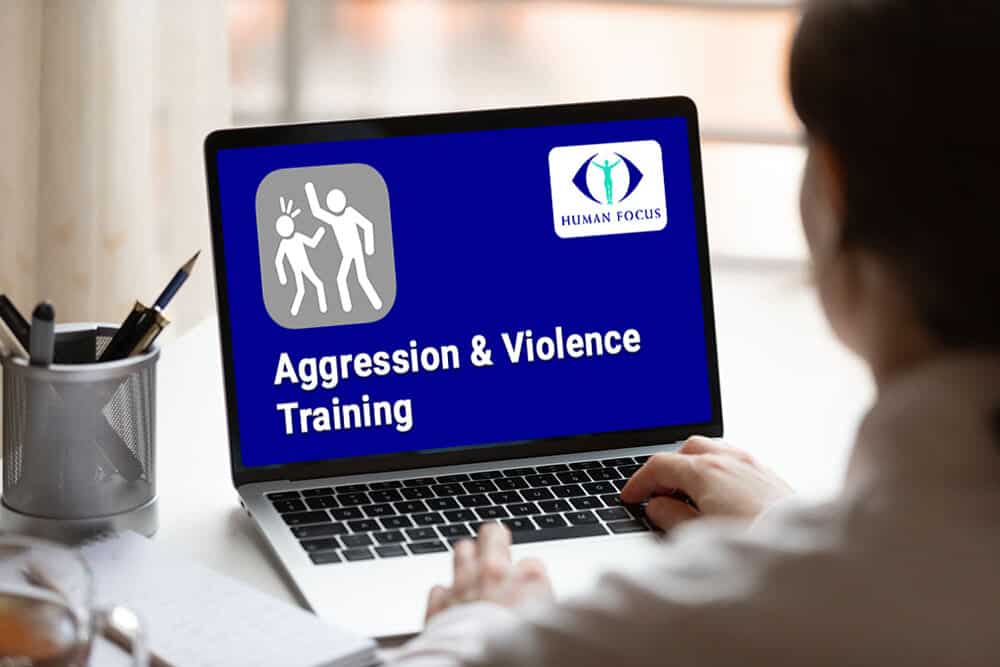
By law, employers must take steps to prevent the sexual harassment of their employees. You can only meet this duty if you know where harassment is likely to happen, which makes sexual harassment risk assessments necessary.
This guide explains what sexual harassment risk assessments are, why they’re needed and how to conduct one for your organisation.
Key Takeaways
- A sexual harassment risk assessment identifies areas where employees may be vulnerable to harassment and outlines steps to prevent it.
- The Equality Act 2010 now requires employers to take all reasonable steps to prevent harassment, which makes risk assessments essential.
- Key sexual harassment risks include power imbalances, unhealthy workplace cultures, environmental factors and third-party interactions.
- Properly conducted assessments help employers demonstrate compliance with the law and avoid liability.
What is a Sexual Harassment Risk Assessment?
A risk assessment is an examination of what might cause harm and how that harm can be prevented. The concept is mainly associated with health and safety, where it’s used to control risks to physical and mental health. But risk assessments can prevent other unwanted outcomes, such as sexual harassment.
So, a sexual harassment risk assessment is an examination of where employees are vulnerable to harassment and how that harassment can be prevented.
It’s particularly important for organisations to carry out sexual harassment risk assessments now, as legislation has recently changed. The duty to stop sexual harassment at work has shifted to a duty to prevent it, which can only be done by anticipating where it’s likely to happen.

What Does the Law Say?
Sexual harassment is illegal under several pieces of legislation, with the most important being the Equality Act 2010.
This Act makes three types of sexual harassment a criminal offence. These are:
- Discrimination based on someone’s sex, sexual orientation or gender reassignment
- Discrimination based on the acceptance or rejection of sexual advances
- Unwanted conduct of a sexual nature
The Equality Act also establishes the concept of “vicarious liability.” Effectively, employers can be found liable for the sexual harassment of their staff even if they weren’t aware of the misconduct.
The only way to avoid vicarious liability is to prove you did everything reasonable to prevent the harassment.
Sexual Harassment Training
Our Sexual Harassment Training course educates employees on what constitutes sexual harassment and how it impacts people. The course helps employees recognise unacceptable behaviour and understand what to do if they witness or experience it.
Equality Act Updates
The duty to prevent sexual harassment came into force in October 2024 when the Equality Act was updated via the Worker Protection (Amendment of Equality Act 2010) Act.
Now, employers are expected to take “all reasonable steps” to prevent the sexual harassment of their staff.
The amendment also extends the scope of this duty. You must protect staff from harassment “in the course of employment” and not just in the workplace. In practice, this means you need to consider everywhere employees are vulnerable to sexual harassment, including:
- Work-related events
- Working from home
- Interacting with third parties, such as clients or contractors
Provided it’s thorough, a sexual harassment risk assessment is the best tool to meet your preventative duty.
How Do You Carry Out a Sexual Harassment Risk Assessment?
It’s important to note that risk assessment is a process, not a document. Yes, you need to record your findings, but a risk assessment is more than a form to be filled out.
There are six steps to the process:
- Identify the risks of sexual harassment
- Gather information
- Evaluate existing control measures
- Decide new or improved control measures
- Record
- Review
We’ve gone through each of these steps below.
1. Identify Risks
The first step is to identify every risk of sexual harassment across your operations. Remember, you need to look beyond your workplace and consider everywhere staff may be vulnerable in the “course of employment.”
The risks you identify will be unique to your organisation, but common ones include:
Power Imbalances: Employees in positions of authority can abuse their power. Victims are also less likely to report harassment if it comes from above. Be particularly mindful of younger, new or temporary workers, as they’re more likely to be targeted and stay silent.
Work Environment: Employees who work alone are more vulnerable. Harassment is also more common in workplaces where customers can drink alcohol. Other environmental factors, like poor lighting or isolated spaces, can create havens for harassment.
Workplace Culture: Harassment is more likely to happen if employees feel it won’t be challenged. Workplaces that allow (or encourage) offensive “jokes” or “banter” can easily become unsafe.
Third-Party Interactions: Customers may harass staff if they’re unaware of your policies and feel entitled as paying clients. And employees may tolerate this harassment to avoid upsetting a business relationship. Contractors present similar problems and may not fear repercussions as they’re not permanent employees.
Women and Minorities: Sadly, women and minorities are still consistently targeted for harassment because of a perceived lack of power.
2. Gather Information
The next step is to look at past incidents. Are there any common factors or patterns? Historical sexual harassment complaints can point to existing risks.
You should also speak to your staff. Ask them when they feel vulnerable and what can be done for their safety. Anonymous surveys are probably best for this, as responses might name colleagues.
And don’t forget to observe your workplace. Watch interactions between employees and third parties and see if you can identify potential sexual harassment risks.

3. Evaluate Existing Control Measures
The next step is to compare current control measures against the identified risks.
Start with your existing sexual harassment policy. Is it up-to-date? Has it been changed since the law was amended?
Next, review your training records. Have all employees completed sexual harassment training? Have managers been given additional training on handling complaints professionally?
Speaking of handling complaints, are reporting procedures in place and understood? Employees need to know how to report harassment. They also need options for reporting so they can always approach someone objective.
Consequences need to be as clear as reporting procedures. Employees must know that unacceptable behaviour will be investigated and dealt with accordingly.
4. Decide New Control Measures
Any unaddressed risks must be managed, so it’s likely you’ll need to introduce new control measures.
These control measures need to be suited to your organisation. But common examples include:
- Pairing team members on shift
- Displaying harassment policies in the workplace or adding them to customer emails to make third parties aware
- Changing the work environment (improving lighting, for example)
- Providing sexual harassment training or refresher courses
It’s important to remember you’re only expected to do what’s “reasonable” for your business. If the cost, time or effort of implementing a control measure isn’t justified by the risk you’re trying to prevent, it’s unreasonable.
There’s a good illustration of this in official guidance from the Equality and Human Rights Commission (EHRC). In the EHRC’s example, a small theatre company finds a risk of sexual harassment from third parties at awards ceremonies and launch events it hosts. The owner finds sexual harassment training that could make staff safer, but the risk is minimal and the theatre company has a limited training budget. In this scenario, the training is too expensive to be reasonable, so there’s no need for the employer to invest in it.
So, you should do what you can, but it’s impossible to eliminate all risks. Employment tribunals recognise this fact. If an employee is harassed and takes their complaint to court, you won’t be expected to pay compensation if you can prove you did everything reasonable to prevent the harassment.
5. Record
You need to document your findings, both the risks and the control measures put in place.
This record is valuable evidence of compliance. But you must also be able to prove you acted on the identified risks, i.e., took reasonable steps to protect staff.
6. Review and Update
Too often, risk assessments are finished and filed away. But your risk assessment won’t make anyone safer gathering dust on a shelf. Review it regularly to confirm it’s still relevant and control measures remain effective.
These reviews must happen at least once a year. They must also happen after:
- A complaint is made
- Significant changes to your workplace or operations
- Updates to legislation
Sexual Harassment Training for Managers
Conducting a sexual harassment risk assessment is critical in meeting your obligations to protect staff. But these assessments are only effective when carried out by managers who understand the process and their role in implementing the findings.
Managers must also know how to handle sexual harassment complaints. Unresolved incidents can repeat, which is an automatic failure of your preventative duty.
Our online sexual harassment training equips leaders with the knowledge and skills they need. The course provides:
- Step-by-step guidance on conducting a sexual harassment risk assessment
- Comprehensive training on compliance with the updated Equality Act 2010
- Best practices for handling complaints professionally and sensitively
Start training today and give managers the tools to prevent sexual harassment.





















